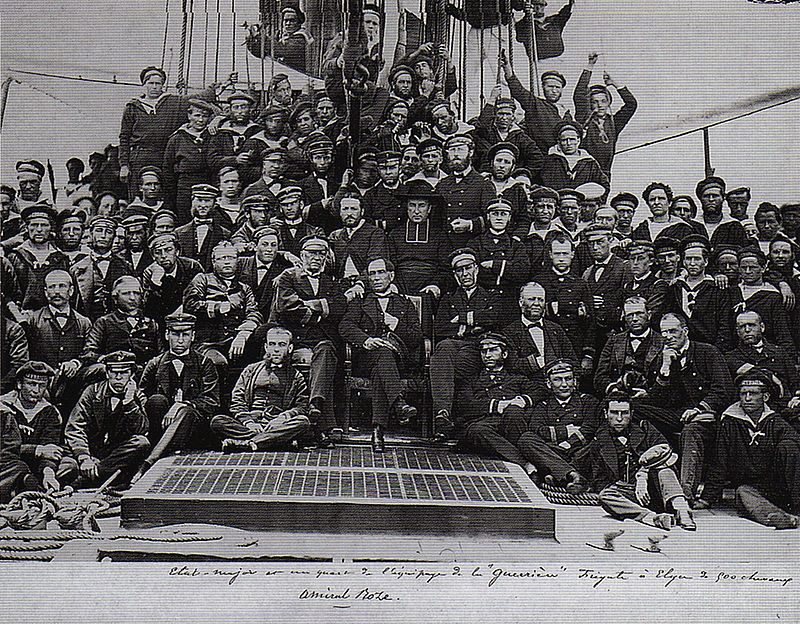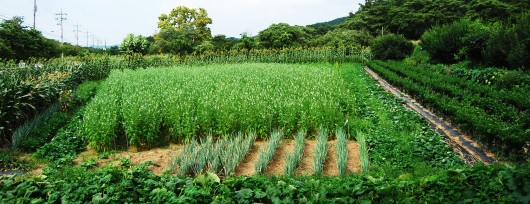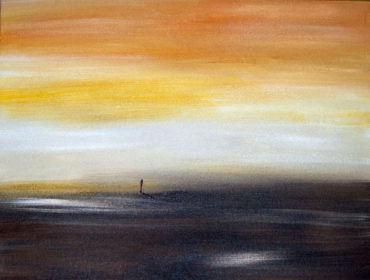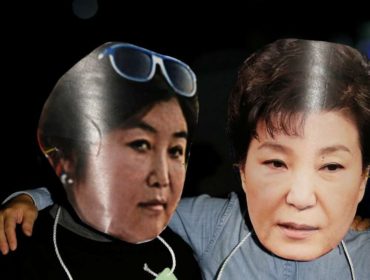By Hal Swindall
Anyone who has lived in Korea for a short time, or even knows the country by reputation, has heard of Koreans’ pride in their cultural heritage. The deep Korean desire that outsiders admire and appreciate the temples, palaces, museums and national parks that dot the peninsula is not a secret. The global success in this century of the Korean Wave (aka hallyu) has certainly given the country’s self-esteem a boost, especially among younger people to whom places like Gyeongju are less meaningful. Whether it is traditional or contemporary, though, Koreans hope their culture is known abroad. In the country itself, however, they do not do what is really necessary to make their patrimony accessible to foreigners, such as English signage in museums and national parks beyond the main attractions. However, I believe the most important thing Koreans must do is communicate and cooperate more with foreign researchers. While preparing an article on a Buddhist altar mural here, I have found that it is easier to get material from the oft-maligned Japanese than from Koreans, despite their eagerness for international recognition.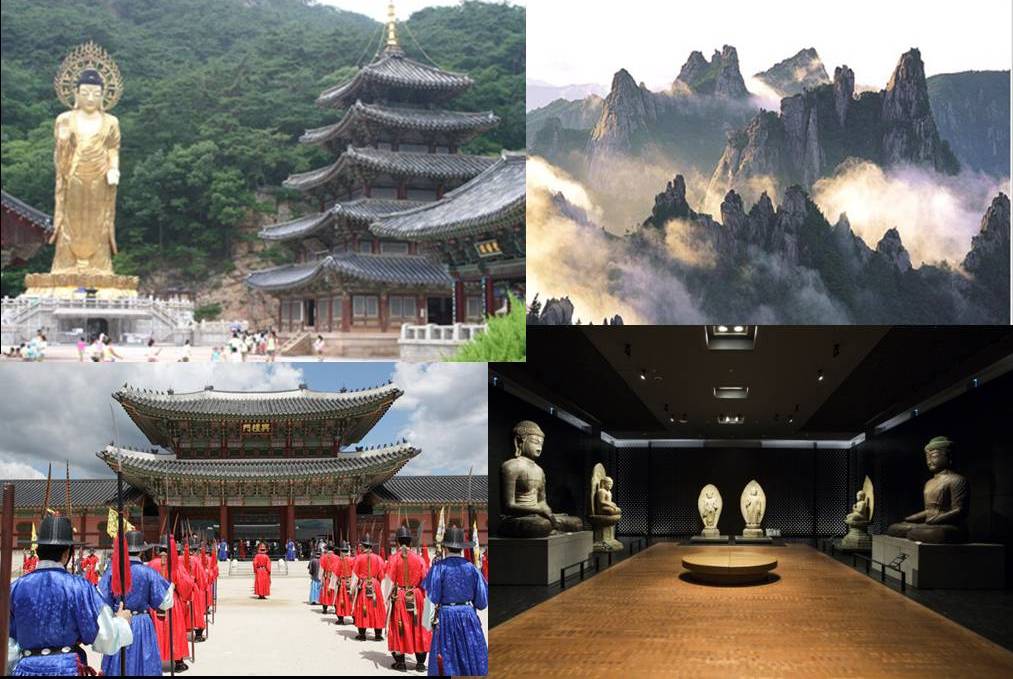
It all started in June of 2013 when a Buddhist abbot I know in Busan presented me with a book entitled Encounter with the Beauty of Korean Buddhism (Bulkwang Publishing, 2012). Being interested in religious art, I read it cover to cover, and continued rereading parts of it over the ensuing months. Gradually, my attention focused on one work in particular, the Amitabha Buddha triad altar mural in the Hall of Ultimate Bliss (geungnakjeon) at a temple named Muwisa in Gangjin-gun on Jeollanam-do’s south coast. Estimated to have been painted in 1476 and attributed to a great Seon master named Haeryeon, it is an example of a genre called the “welcoming descent” (naeyeongdo), which originated in the Goryeo Dynasty and depicted Amitabha coming down from his Western Paradise to greet the soul of a dead believer. Most extant welcoming descents are triads, (i.e., they depict Amitabha with two bodhisattvas). Only a few paragraphs about this painting in English came up during a net search, but what I found interested me enough to decide to visit Muwisa and write about the mural when I could. So began my un-magical mystery tour.
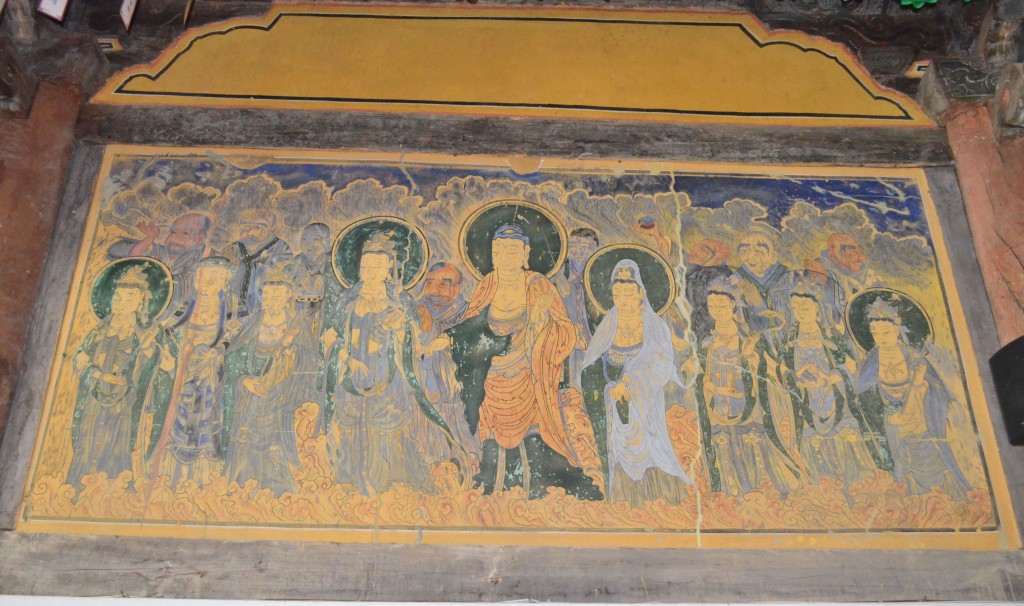 I first composed emails to the art history professors at Pusan National University, where I teach, asking for more information about the Muwisa mural. Having already written a number of professors in the art department a couple of years earlier while researching an article on a Korean ceramic artist and only getting a response from one, I was skeptical; however, the one professor who had answered my query had been sufficient to help me, so I was cautiously optimistic. In November of 2013 I sent my emails to half a dozen recipients, and this time two responded, both referring me to other people. I was even put in contact with Kang Woobang, a world authority on Korean Buddhist art, but he replied that my questions would take a paper to answer, and he did not have time. I could not blame him, and decided to eventually compose a paper myself. After going through several other people, I was finally directed to a female professor at a Buddhist university who agreed to answer my questions, but in Korean (I paid a bright student 25,000 won to translate her email). I received her answers in early January, 2014, so getting the information had taken nearly two months. But it was only the beginning.
I first composed emails to the art history professors at Pusan National University, where I teach, asking for more information about the Muwisa mural. Having already written a number of professors in the art department a couple of years earlier while researching an article on a Korean ceramic artist and only getting a response from one, I was skeptical; however, the one professor who had answered my query had been sufficient to help me, so I was cautiously optimistic. In November of 2013 I sent my emails to half a dozen recipients, and this time two responded, both referring me to other people. I was even put in contact with Kang Woobang, a world authority on Korean Buddhist art, but he replied that my questions would take a paper to answer, and he did not have time. I could not blame him, and decided to eventually compose a paper myself. After going through several other people, I was finally directed to a female professor at a Buddhist university who agreed to answer my questions, but in Korean (I paid a bright student 25,000 won to translate her email). I received her answers in early January, 2014, so getting the information had taken nearly two months. But it was only the beginning.
January, 2014 was also the time when I finally could make the five-hour bus ride from Busan to Gangjin-eup. Muwisa stood about 15 km to the town’s northwest, but it took the country-lanes bus half an hour to get there. The geungnakjeon,  itself a national treasure built in the 15th century, is a charming building, and I eagerly took off my shoes to go inside. Actually beholding the painting after reading up on it and making the trek out to Jeollanam-do proved rewarding, since it is striking; pilgrims were praying to it in the hall’s cramped interior as they have for centuries. It all sealed the determination I felt to write about it.
itself a national treasure built in the 15th century, is a charming building, and I eagerly took off my shoes to go inside. Actually beholding the painting after reading up on it and making the trek out to Jeollanam-do proved rewarding, since it is striking; pilgrims were praying to it in the hall’s cramped interior as they have for centuries. It all sealed the determination I felt to write about it.
My break came in the summer of 2014, when in Seoul I met David A. Mason, co-author of An Encyclopedia of Korean Buddhism (Unjusa, 2013), to pick up an autographed copy (my interview with him is here). After a few minutes of chatting, he invited me to speak to the Royal Asiatic Society Korea Branch (RASKB). Back in Busan, I formally proposed a lecture on the Muwisa Amitabha triad mural to RASKB’s president, which was accepted and scheduled for January, 2015. I had already written a short piece on the mural for the Globetrotter’s Club in the UK, to which I belong, but a formal lecture for a learned society was an entirely different matter. Thus I set to work on JSTOR and found two academic articles by the same author on Goryeo welcoming descent paintings that had some reference to the Muwisa mural—that was all. The articles both contained photos of welcoming descents in museums around the world, mostly in Japan, because Hideyoshi’s army had looted them; of under 160 extant Goryeo paintings in total, about 120 are in Japan, with only some 15 in Korea. Therefore, I set about finding the websites of American, Japanese and Korean museums to ask for digital images of their paintings, and ran into amazing differences.
The American museums like the Metropolitan Museum of Art and the Brooklyn Museum of Art in NYC were, I am proud to say, by far the easiest: all I had to do was right click on the images of paintings and download them to my computer–there was no need to fill in forms. A close second were a Japanese museum and a temple, which answered my emails with requests that I specify exactly which paintings I wanted; the museum even attached black and white images of all its Goryeo welcoming descents so that I could be sure I chose the right one, and the temple sent me numerous images, too. Both required that I fill out a request form and credit them in my lecture or article, but neither asked for payment. The entire process with each took around a week, and left me pleased with the prompt and courteous service.
Korean museums, in contrast, were the hardest of all to get results from. As a result of my research, I had developed a theory that the welcoming descent genre of the Goryeo had during the Joseon Dynasty morphed into a new genre called the “sweet dew” or “nectar” painting (gamnodo), and became interested in a particular specimen at a temple not far from Muwisa. I phoned it and was told the painting is now in the National Museum of Korea, whose website I then searched. I emailed two people listed as contacts on NMK’s site, but received no response. After a week, I phoned and was asked to resend my email by one of them. There was admittedly some confusion on my part about the painting’s date, but the real difficulty lay in arranging a time to view it when I happened to be in Seoul. The woman I originally spoke with referred me to someone named Sumi, who wrote me in Korean because she does not know English; later, someone wrote in English for her that the painting was not available for viewing at that time. I gave up, and just filled out request forms for photos of two Joseon paintings, which were sent for free.
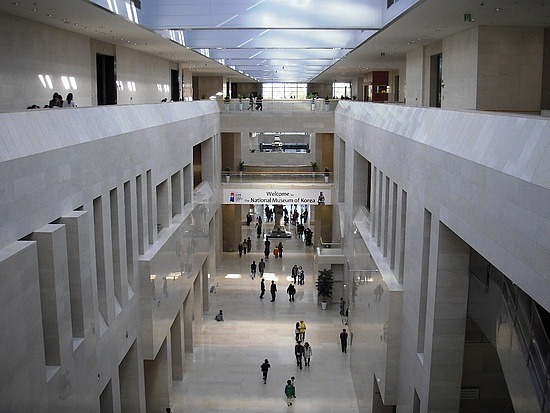 I wrote to NMK again in September 2014 about a book published by the museum entitled A Journey of Soul: the Buddhist Painting of the Joseon Period (2009). The woman I’d first spoken with told me to contact the museum’s library, which somehow led me to the manager of the gift shop, a guy named Jeongeun, whom I mistook for a woman because all my students named “eun” are female. For his part, Jeongeun addressed me as “Ms Swindall” in the salutation of one of his emails. That was not the only confusion, alas: Jeongeun sent me, without being asked, not one but two identical catalogs from the gift shop, which displayed items like earrings, scarves and vases, but not a single book; in fact, Jeongeun seemed unsure that such a book even existed. In the end, I had to order A Journey of Soul from Abe Books in the U.S. for a hefty price plus shipping–it was only my determination to get to the bottom of the Muwisa mural that convinced me to go through with the purchase. I was amazed that NMK did not have one of its own publications in stock, and at the overall level of service I had received, even though the three employees I dealt with had tried to be helpful. Like finding a professor who would answer my questions, my dealings with NMK took place more than two months.
I wrote to NMK again in September 2014 about a book published by the museum entitled A Journey of Soul: the Buddhist Painting of the Joseon Period (2009). The woman I’d first spoken with told me to contact the museum’s library, which somehow led me to the manager of the gift shop, a guy named Jeongeun, whom I mistook for a woman because all my students named “eun” are female. For his part, Jeongeun addressed me as “Ms Swindall” in the salutation of one of his emails. That was not the only confusion, alas: Jeongeun sent me, without being asked, not one but two identical catalogs from the gift shop, which displayed items like earrings, scarves and vases, but not a single book; in fact, Jeongeun seemed unsure that such a book even existed. In the end, I had to order A Journey of Soul from Abe Books in the U.S. for a hefty price plus shipping–it was only my determination to get to the bottom of the Muwisa mural that convinced me to go through with the purchase. I was amazed that NMK did not have one of its own publications in stock, and at the overall level of service I had received, even though the three employees I dealt with had tried to be helpful. Like finding a professor who would answer my questions, my dealings with NMK took place more than two months.
Meanwhile, I had also been trying to acquire an image from Hoam Museum in Yongin, but found it impossible to contact, since it has no English website or email address on its Korean one. Therefore, I asked my department secretary at PNU to call and enquire about a Goryeo Amitabha triad painting that I had read is in its holdings. Throughout the second half of 2014, I checked up with her every month or two, but there was never any progress. The time of my RASKB lecture in January 2015 came, so I had to deliver it minus one painting; happily, I was successful, anyway. Also in January of 2015, I asked a Korean friend of mine in Daegu named Douglas to call Hoam. He was more effective than my department secretary, and managed to ascertain that the painting may have been transferred to the Leeum Samsung Museum in Itaewon, or was in storage.
I had not known that Hoam and Leeum were affiliated, and had in fact during the summer of 2014 filled out the contact form on Leeum’s website to ask about its Goryeo and Joseon holdings. When I never received a reply, I filled it out again in January of 2015, and this time heard from a woman named Jinyoung. She did prove responsive, although she was unable to give me more information about the painting than the little that was already online; however, she got me the image I wanted for free in a week like the Japanese, albeit with twice the emails needing to be sent back and forth. To make sure of what was what, I asked Douglas to drive me up to Hoam in February of 2015, since I was on my way to Seoul then. This museum is located on the same property as Everland Resort, which we drove past on our way. Here, Douglas acted as my interpreter with the girl on desk duty, and we confirmed that the painting I had sought was formerly there, but is now at Leeum—mystery solved! Visiting Hoam might not have been as much mindless fun as riding a roller coaster, but it did provide considerably more relief.
In the end, the RASKB published my article on the Muwisa mural in volume 89 (2014) of its journal Transactions, which appeared in June, 2015. I felt triumphant that I had succeeded in writing a paper on it after all I had been through, but also relieved that my ordeal was over. Although I may continue my study of the gamnodo, or rewrite my Muwisa mural article for another publication, I doubt I will ever again try to research a Korean cultural artifact from scratch; it is simply too laborious. Major Korean cultural institutions like the NMK should hire more people with English fluency to aid researchers, and be more prompt to serious inquiries. If and when that happens, more people worldwide will appreciate this country’s rich heritage.
***
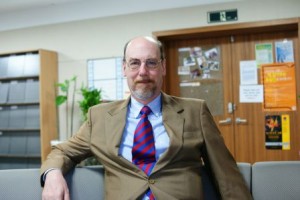 A native of California, Hal Swindall earned his PhD in comparative literature from UC Riverside in 1994, and has been a vagabond prof at East Asian universities ever since. For the past four years, he has taught English writing and world literature in the Dept. of Global Studies at Pusan National University. His other publications this year are a co-translation of a short story by the Chinese writer Xie Hong and a co-authored book chapter on the 1930s Shanghai poet Shao Xunmei. Besides trekking to temples and walking over hills, he enjoys travel writing and French food.
A native of California, Hal Swindall earned his PhD in comparative literature from UC Riverside in 1994, and has been a vagabond prof at East Asian universities ever since. For the past four years, he has taught English writing and world literature in the Dept. of Global Studies at Pusan National University. His other publications this year are a co-translation of a short story by the Chinese writer Xie Hong and a co-authored book chapter on the 1930s Shanghai poet Shao Xunmei. Besides trekking to temples and walking over hills, he enjoys travel writing and French food.
 Print This Post
Print This Post



